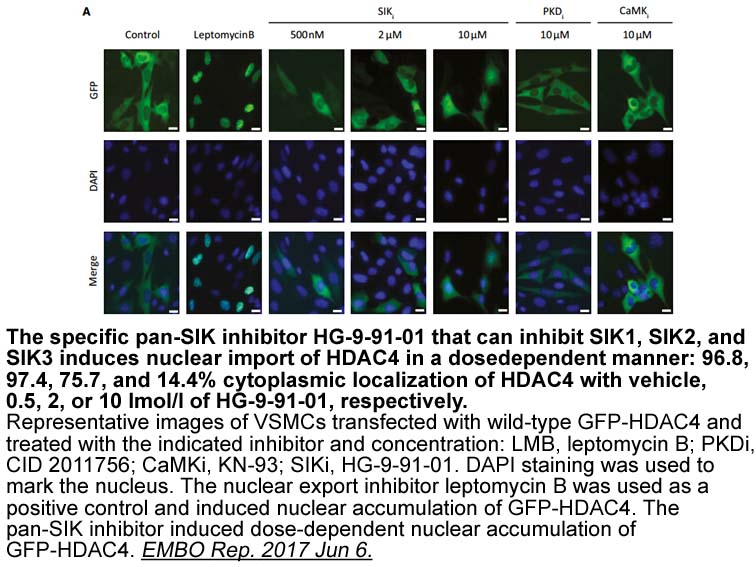Archives
It is difficult to diagnosis childhood BP
It is difficult to diagnosis childhood BP on the basis of clinical features alone since there are a wide variety of bullous disorders with similar features. The differential diagnosis includes chronic bullous disease of childhood (or linear IgA bullous dermatosis), epidermolysis bullosa acquisita, bullous arthropod assault reaction, and bullous systemic lupus erythematosus. A BP diagnosis is based on histopathologic examination and DIF study. Examination of biopsy specimens typically reveals subepidermal bullae formation and a variable number of eosinophils. Deposition of linear IgG and/or C3 is typically seen on the basement membrane, and weaker deposition of IgM, IgA, IgD, and/or IgE is occasionally present. IgM deposition is more frequently seen in childhood BP than in infant BP. DIF study helps to differentiate BP from linear IgA bullous dermatosis with linear basement membrane zone IgA deposition and bullous systemic lupus erythematosus with positive lupus band test. Indirect immunofluorescence may reveal IgG Go 6976 along the epidermal side of sa lt-split skin in BP. In contrast to BP, IgG antibodies were deposited along the dermal side in epidermolysis bullosa acquisita. Immunoblotting with serum reacts to BP antigens at 180 kDa and 230 kDa. Autoantibodies of both the IgA and IgG class to the noncollagenous 16A (NC16A) domain of 180-kDa antigen (BP180) were demonstrated in the sera from patients with childhood BP.
Systemic corticosteroids are the best initial treatment for childhood BP. Sulfapyridine, dapsone, and azathioprine are usually used in combination with corticosteroids in refractory cases. IVIG therapy is a valuable treatment option for intractable BP in both infants and adults. Our patient responded well to a single dose of IVIG for the persistent oral mucosal involvement. Childhood BP usually has a good prognosis and remission typically is achieved within weeks to a few months, although the course is less benign in some children.
BP in infancy has been reported within hours to weeks after vaccination, including vaccinations for hepatitis B, pneumococcus, tetanus–diphtheria–pertussis, and poliovirus. BP in adults and infants was reported to be associated with vaccination, but it is difficult to establish an association between vaccination and BP in infancy, because of the high rate of vaccinations during the first year of life.
lt-split skin in BP. In contrast to BP, IgG antibodies were deposited along the dermal side in epidermolysis bullosa acquisita. Immunoblotting with serum reacts to BP antigens at 180 kDa and 230 kDa. Autoantibodies of both the IgA and IgG class to the noncollagenous 16A (NC16A) domain of 180-kDa antigen (BP180) were demonstrated in the sera from patients with childhood BP.
Systemic corticosteroids are the best initial treatment for childhood BP. Sulfapyridine, dapsone, and azathioprine are usually used in combination with corticosteroids in refractory cases. IVIG therapy is a valuable treatment option for intractable BP in both infants and adults. Our patient responded well to a single dose of IVIG for the persistent oral mucosal involvement. Childhood BP usually has a good prognosis and remission typically is achieved within weeks to a few months, although the course is less benign in some children.
BP in infancy has been reported within hours to weeks after vaccination, including vaccinations for hepatitis B, pneumococcus, tetanus–diphtheria–pertussis, and poliovirus. BP in adults and infants was reported to be associated with vaccination, but it is difficult to establish an association between vaccination and BP in infancy, because of the high rate of vaccinations during the first year of life.
Chronic cutaneous lupus erythematosus (CCLE) is associated with interface dermatitis with hydropic degeneration of the basal cell layer. Along with lichen planopilaris, it is the most common cause of inflammatory primary cicatricial alopecia. Localized scleroderma, or morphea, is characterized by an excessive collagen deposition leading to thickening of the dermis and/or subcutaneous tissues. The coexistence of CCLE and localized scleroderma in the same lesion is exceedingly rare. The term thus was proposed. We herein describe a patient with features characteristic of sclerodermiform lupus erythematosus, which presented as a cicatricial alopecic plaque on the scalp.
Several variants of fixed drug eruptions (FDEs) have been defined based on their morphological–clinical features. These include pigmenting, generalized, linear, wandering, nonpigmenting, bullous, urticarial, erythema dyschromicum perstans-like, oral, and psoriasiform FDE, and vulvitis. Fluoroquinolone-induced FDEs reported in the literature are usually localized FDEs. Nonbullous generalized FDE following treatment with ciprofloxacin and levofloxacin and a few cases of generalized bullous FDE (GBDFE) after ciprofloxacin intake have also been reported. Here we present a case of GBFDE caused by levofloxacin.
An 87-year-old man who had been treated for chronic obstructive pulmonary disease with bronchodilators for 20 years was referred to our outpatient clinic for evaluation of an eruption of 4 days\' duration. He had been treated with levofloxacin 500 mg tablet, 5 days previously due to the exacerbation of chronic obstructive pulmonary disease and acute bronchitis. He had not received any other medications for exacerbation. He began itching over the back and legs followed by a burning sensation and subsequent development of a few fluid filled purplish lesions. Multiple erythematous pigmented patches and a few bullous eruptions on the back and gluteal region had developed 1 day after the first parenteral intake of levofloxacin. He did not have erosions over the lips and buccal mucosa. He had a preceding history of a similar but less severe bullous reaction after taking the same drug in the same locations 4 months previously. There was no history of any other oral drug intake. On physical examination purplish, dusky erythematous patches and a few bullae were seen on the back and left gluteal region. Pseudo-Nikolsky\'s sign was positive on the pigmented areas (). His vital signs were within normal limits.